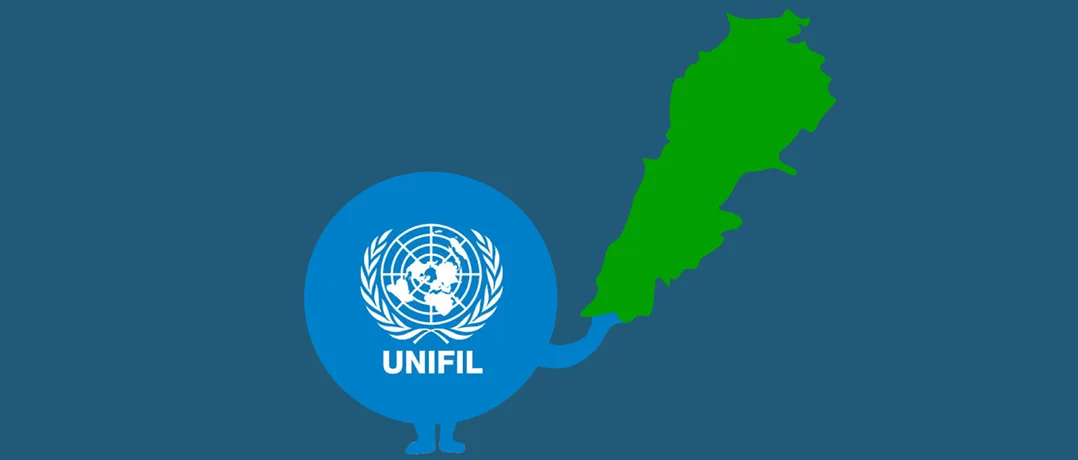Assessing UNIFIL: Comparative insights from UN peacekeeping successes and failures
Assessing UNIFIL: Comparative insights from UN peacekeeping successes and failures


UNIFIL has made notable contributions but has also faced structural limitations. On one hand, it successfully verified Israel’s 2000 withdrawal from most of southern Lebanon and has provided a stabilizing buffer since 2006. By patrolling the Blue Line, facilitating dialogue between the parties, and preventing small-scale incidents from escalating, UNIFIL has reduced the likelihood of open conflict. Moreover, its presence has provided critical humanitarian aid and supported the LAF, contributing to the Lebanese state’s limited assertion of control in the south.
The limits of peacekeeping: structural constraints and challenges
On the other hand, UNIFIL’s mission has not addressed the underlying drivers of conflict. The force cannot disarm Hezbollah, which remains the most powerful non-state actor in Lebanon and a central obstacle to state sovereignty. Its deterrent effect on Israel is equally limited, as shown by the recent war and the frequent breaches on Lebanese sovereignty by land and air. These shortcomings reflect the structural nature of peacekeeping mandates: UNIFIL was never designed as an enforcement mission, but rather as a stabilizing presence. Its reliance on the consent of both Lebanon and Israel restricts it from tackling root causes or enforcing compliance when the parties resist.
Lessons from global peacekeeping: successes and failures
A comparative lens helps situate UNIFIL’s performance within broader UN peacekeeping experiences. Successful missions such as Mozambique’s ONUMOZ (1992–1994) and Liberia’s UNMIL (2003–2018) show that peacekeeping thrives where parties to a conflict are genuinely committed to peace and where international actors provide sustained support. In Mozambique, ONUMOZ successfully oversaw a ceasefire, demobilization, and elections because both the government and RENAMO rebels had reached a genuine settlement, while international and regional actors backed the process robustly. Similarly, UNMIL in Liberia benefited from strong domestic buy-in, U.S. and regional support, and a clear postwar trajectory that allowed the UN to help rebuild institutions and oversee a relatively durable peace.
In contrast, failed missions like Somalia (UNOSOM I & II, 1992–1995), Angola (UNAVEM II & III, MONUA, 1991–1999), and the ongoing difficulties in the Democratic Republic of Congo (MONUC/MONUSCO, 1999–present) highlight recurring pitfalls. In Somalia, the absence of a functioning state and local consent doomed the mission, while mission creep and reliance on enforcement without legitimacy led to failure. In Angola, weak commitment to peace agreements, repeated violations, and inadequate leverage rendered UN efforts ineffective. In the DRC, despite enormous resources and personnel, the mission has struggled for decades due to vast geography, ongoing conflict, and lack of political will among Congolese elites.
From these comparisons, a clear pattern emerges: UN peacekeeping is most effective when deployed into a context where warring parties are committed to a negotiated settlement, where regional and international actors align to support peace, and where mandates are realistic and adequately resourced. Conversely, missions fail when local consent is absent, when political will to implement peace is lacking, or when mandates are overly ambitious relative to available means.
Why Lebanon Is a Different Case
Applying these lessons to Lebanon reveals why UNIFIL has been only partially successful. According to an article from the Middle East Institute by Fadi Nicholas Nassar and Saleh El Machnouk (2025), UNIFIL’s failures are too often blamed on the wrong things. Critics point to its mandate or resources, but neither excuse stands up to scrutiny. Resolution 1701 already gave peacekeepers authority to take “all necessary action,” and Resolution 2650 went even further, affirming their freedom of movement. With 10,000 troops packed into just over 1,000 square kilometers, the densest UN deployment in the world, backed by heavy weaponry, NATO contingents, and a unique command structure in New York, UNIFIL is anything but underpowered.
The real issue is mindset. Instead of enforcing its mandate, the mission has chosen survival, avoiding confrontation with Hezbollah and retreating into a comfort zone of mediation and community outreach. France and other major contributors, unwilling to risk casualties, reinforced this culture of caution. The result is a force designed to deter conflict but reduced to watching it unfold.
Unlike Mozambique or Liberia, Lebanon has not reached a genuine internal settlement regarding Hezbollah’s arms or its relationship with Israel. The Lebanese state lacks the capacity to assert authority, and external actors, particularly Israel, Iran, and Hezbollah itself, are locked in a strategic confrontation that peacekeepers cannot resolve. At the same time, UNIFIL avoids the total failure of Somalia or Angola because it operates with host-state consent, enjoys tacit acceptance by Hezbollah, and focuses on conflict management rather than resolution. Can UNIFIL’s lack of decisive action be attributed to a consensual attitude toward the pre–October 7 status quo?
Containment vs. Resolution
Its longevity and stabilizing effect testify to the utility of peacekeeping in reducing violence and managing tensions. Yet, its inability to address root causes or compel compliance underscores the dependency of such missions on local and regional political will. The broader comparative record suggests that unless Lebanon’s internal factions and external patrons embrace a durable settlement, UNIFIL’s role will remain confined to containing, rather than resolving, conflict.
Therefore, the question remains, with the renewal of UNIFIL’s mandate and the new geopolitical reality of Lebanon, will UNIFIL enhance its role from observer to enforcer?


